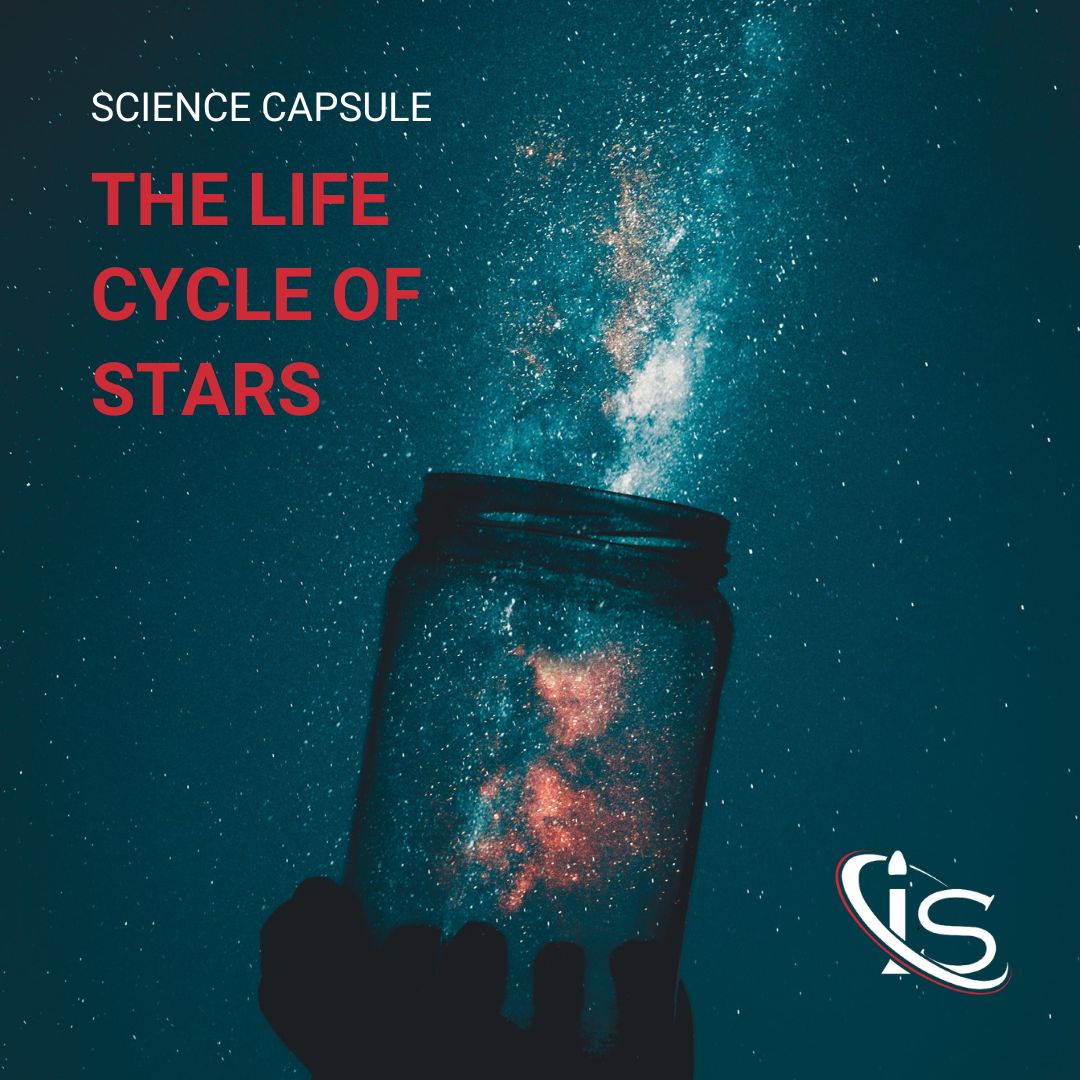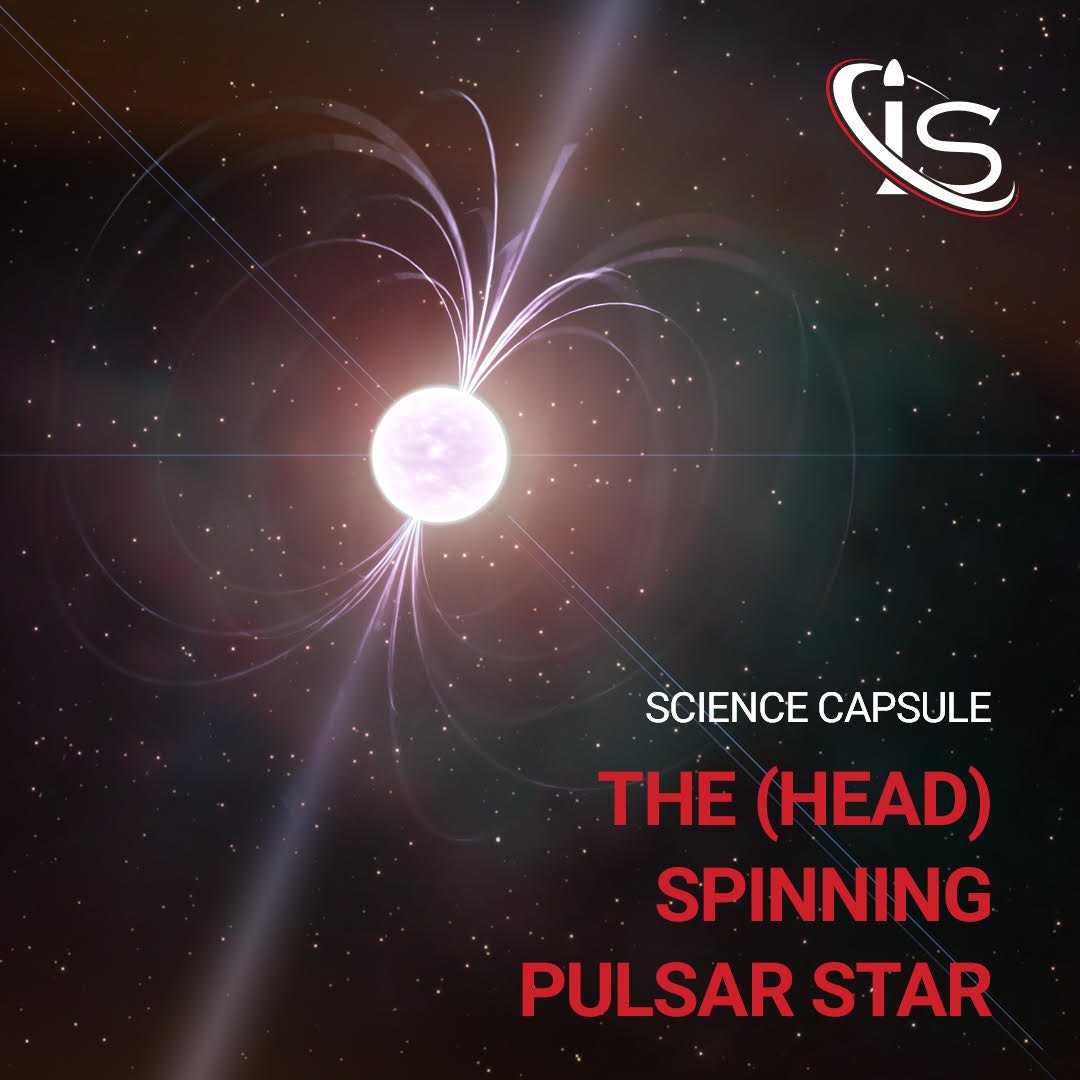In the last science capsule, we discussed the formation of stars and their life on the main sequence. We also, briefly mentioned how stars die, or more accurately what their possible end states are like. However, as the capsule was already much lengthier than usual, I thought it best to postpone a more in depth look at the final stages of a star’s life. So, as promised, today we will look deeper into a star’s death.
Electron Degeneracy Pressure
When discussing this topic, it is essential to establish why exactly stars die. The main reason is that they no longer have the necessary energy to counteract gravitational collapse. But what exactly helps a star fight against its own gravity? For a star on the main sequence, the fusion processes are the answer.

However, for a specific end state, known as a white dwarf, another process becomes the main counteragent to gravitational collapse. Of course, anyone reading this may have already guessed what this process is from the heading of this section. Indeed, electron degeneracy pressure is what keeps white dwarfs from collapsing due to their own gravity. The concept behind this is relatively straightforward. Because of the way electrons fill out higher and higher energy levels in an atom, they must also begin traveling at faster speeds as they climb in orbits. These fast-moving electrons, in turn, generate a high enough pressure to support a star.
However, the physical explanation as to how exactly this process works is much more involved. Due to the Pauli Exclusion Principle, two electrons with the same spin cannot occupy the same energy state and volume. This, again, is not too hard to understand conceptually. But if we were to dive deeper into the subject, the use of quantum mechanics would quickly become mandatory. Fortunately, a full understanding of this is not required to explain the bases behind the end states of stars. And I mean this fortunately quite literally as I do not want to delve back into the meanders of quantum physics when it is not strictly required. Still, if anyone is interested in understanding more of the why behind a star’s death, I do recommend trying to get more into the quantum physics side of electron degeneracy, especially when talking about stars similar to our Sun.
But for now, let us tie this concept together with how smaller stars die. As discussed in the last science capsule, stars that are around the Sun’s size or smaller will first become Red Giants, then White Dwarfs surrounded by Planetary Nebulae, and, finally, Black Dwarfs. However, what exactly determines when a star enters each of these stages? Well, the Red Giant state generally occurs as soon as a star of this size stops fusing hydrogen. This signals the end of its stay on the main sequence. At this point the star will start burning through its helium supply. Once this core runs out, the outer layers will detach and form a Planetary Nebula, while the inner core will become a White Dwarf. This White Dwarf is where, as we discussed above, electron degeneracy pressure really comes into play.
When a White Dwarf is formed, a concept known as the Chandrasekhar Limit will arise. This is the maximum mass that a White Dwarf can attain. As the life cycle of this White Dwarf proceeds, the star will edge ever closer to this limit. This causes gravity to continuously try to squeeze more mass in less volume, which in turn causes electron degeneracy pressure to increase. Once this limit is reached, however, the electron degeneracy pressure is no longer enough to support the star against its own gravity, leading to the White Dwarf’s collapse. The now much denser resulting star is what is referred to as a Black Dwarf.
The End of a Large Star’s Fusion Processes
But what about the larger stars? I hear you asking (that’s right I can hear across spacetime.) Well, these stars go through a very different cycle for their end states. The first step is still the same, as a star must run out of hydrogen to fuse to move off the main sequence. Because of their size while the helium core is burning, and the relatively cool temperatures on the star during this process, the first stage of a large star’s death is called a Red Supergiant. The name also implies similarities to the smaller star’s counterpart, the Red Giant. After this, however, the similarities between these end states… end. Stars that are larger than the Sun will not stop fusion processes when the helium core runs out. Instead, heavier elements will start getting fused, starting with carbon and going all the way up until iron.
This means that a star of this size will eventually contain an iron core. As we discussed in the last science capsule, once this happens, the star will stop fusion completely. This is due to the stability of iron requiring energy to be added in order to fuse it. This will result in the star collapsing under its own gravity for a very similar reason as the one discussed for white dwarfs and electron degeneracy. The only difference is that here the end of fusion processes is the trigger for the collapse, and not the reaching of the Chandrasekhar Limit.
At this point, due to these stars’ sizes, the collapse will be so sudden and impactful, that an actual explosion, known as a Supernova, will occur. For stars between 1.5 and 3 times the mass of the Sun, this will lead to the formation of a Neutron Star, while for more massive stars a Black Hole will form.
Both phenomena are very intriguing and deserve further analysis. As such, I will once again leave the topic off here. Fret not, however, as the next science capsule will tackle both of these mysterious celestial bodies!





